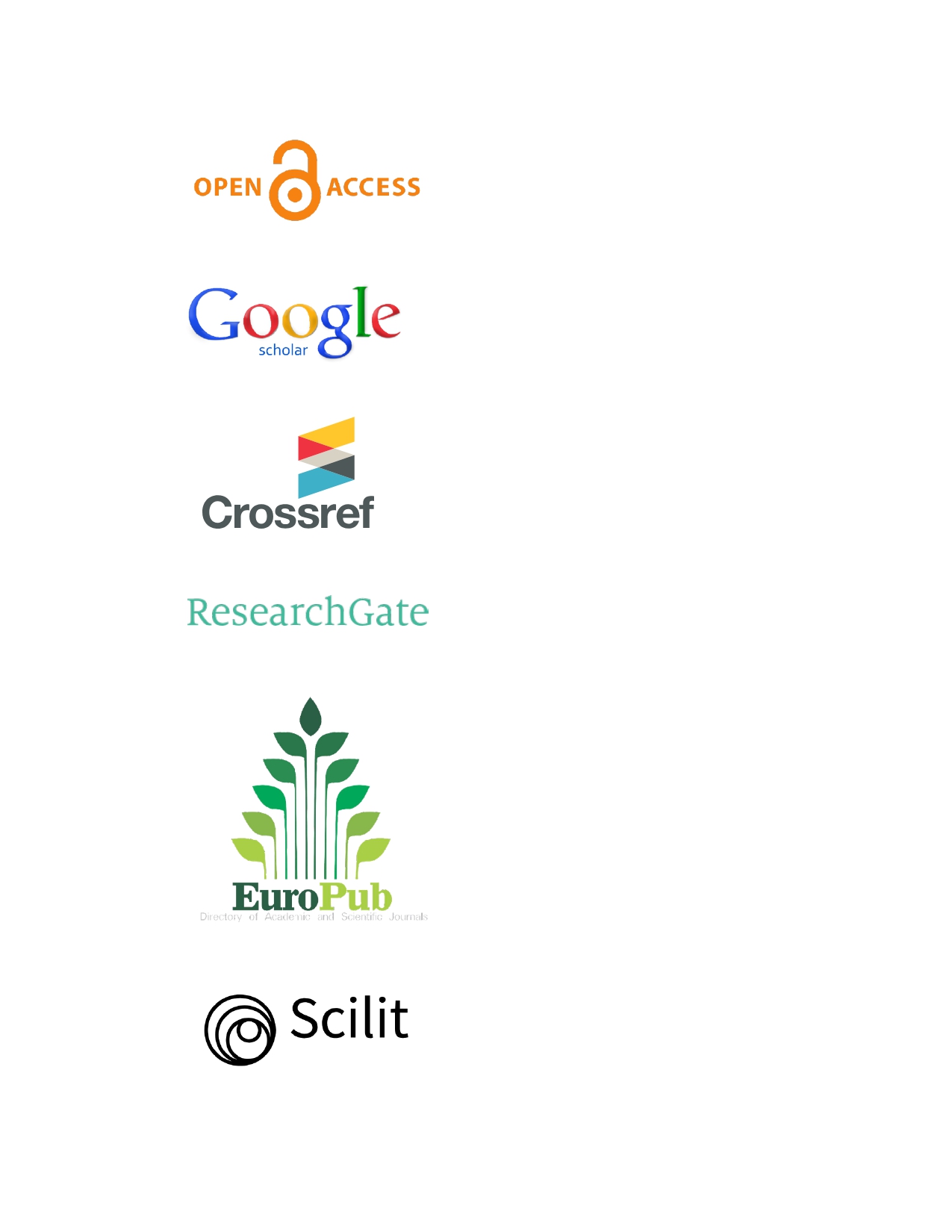Mapping the Supply and Trading Chain of Processed Fish in Ghana: A Case of National Fish Processors and Traders Association Utilizing the “Ahotor” Improved Fish Processing Oven
DOI:
https://doi.org/10.63002/assm.305.1155Abstract
This study maps the supply and trading chain of processed fish in Ghana, with a specific focus on fish processors and traders who utilize the Ahotor improved fish processing oven. The primary objective is to examine the supply chain structure, from coastal processing hubs to final markets, by analyzing the roles of key stakeholders, product flows, and prevailing challenges. The geographic scope of the research covers Ghana's major coastal and fishing-dependent areas such as the Central, Eastern, Greater Accra, Volta, and Western regions, with data collected from 193 respondents. The findings highlight a value chain dominated by women, who constitute 96.9% of the surveyed processors and traders with the majority being middle-aged and possessing significant trading experience. The most commonly processed fish are small pelagic species, with Sardinella (82.4%), Scombridae: Atlantic and Chub Mackerel (79.3%), Long Herrings (56.5%), and Anchovy (56.0%) being the most frequent. The supply chain is structured around coastal processing hubs where fish is smoked, dried, or salted before distribution. Marketing strategies are predominantly wholesale (50.3%) or a combination of wholesale and retail (43.5%). Distribution is largely domestic, with most sales occurring within the region of production (49.1%) or other regions of Ghana (36.6%). The Ashanti Region (51.0%) stands out as the most significant domestic market outside the production zones. Regional exports are also present, though on a smaller scale, primarily targeting neighbouring countries like Togo (16.7%) and Benin (2.0%). Key challenges confronting the supply chain include the high cost of transportation, declining fish availability, limited infrastructure and price volatility among others. Recommendations emphasize the need for targeted capacity-building programs, technology adoption, and gender-responsive interventions to sustain the sector. Supporting women's entrepreneurship, improving infrastructure, and promoting value addition are proposed as pathways to enhance the livelihoods of processors and traders, strengthen food security, and expand economic opportunities within Ghana's fisheries sector.
Downloads
Published
How to Cite
Issue
Section
License
Copyright (c) 2025 Hayford Agbekpornu, Abednego Pappoe, Yaa Tiwaah Amoah, Joseph Effah Ennin, Richner Odoi

This work is licensed under a Creative Commons Attribution 4.0 International License.






